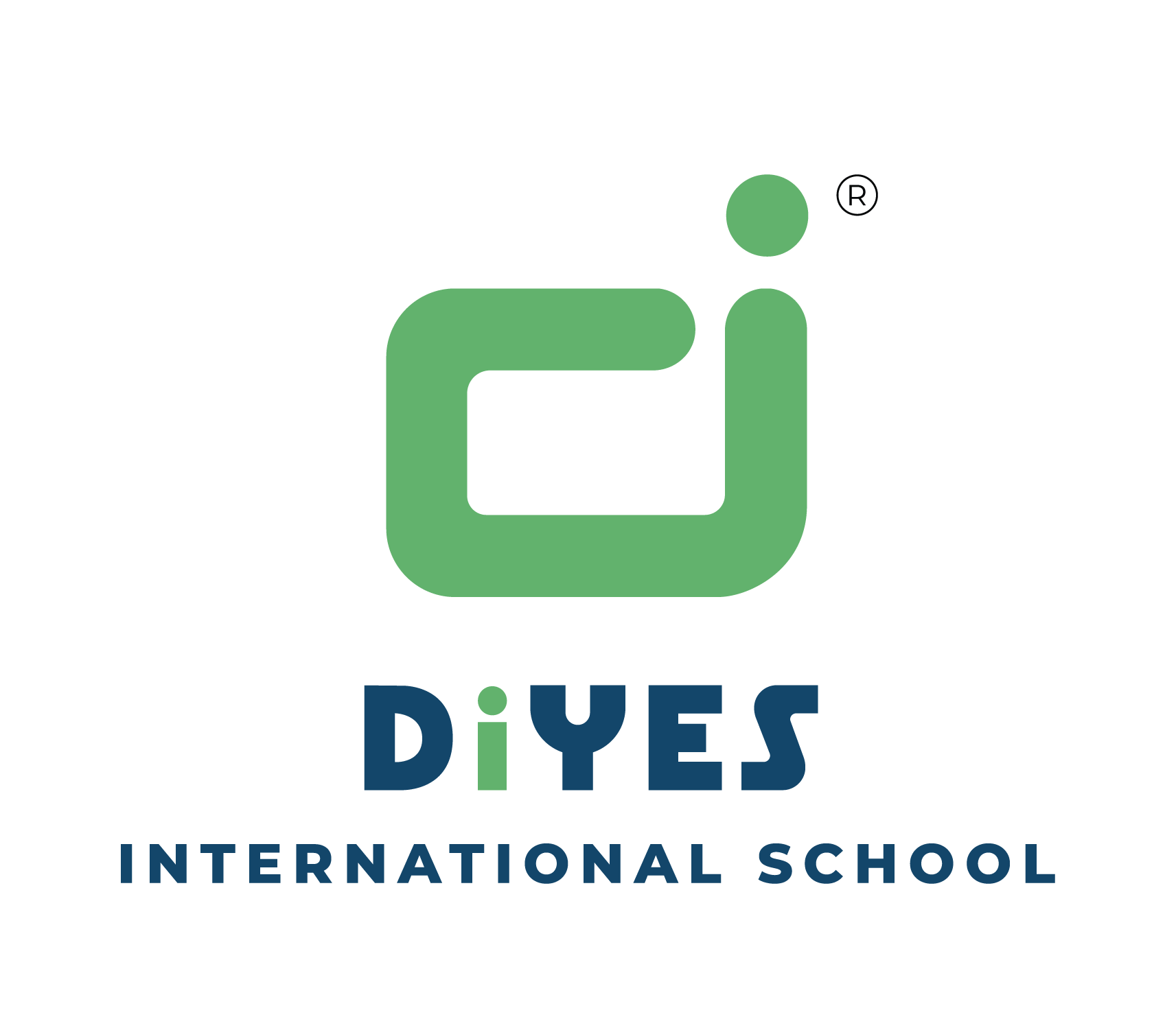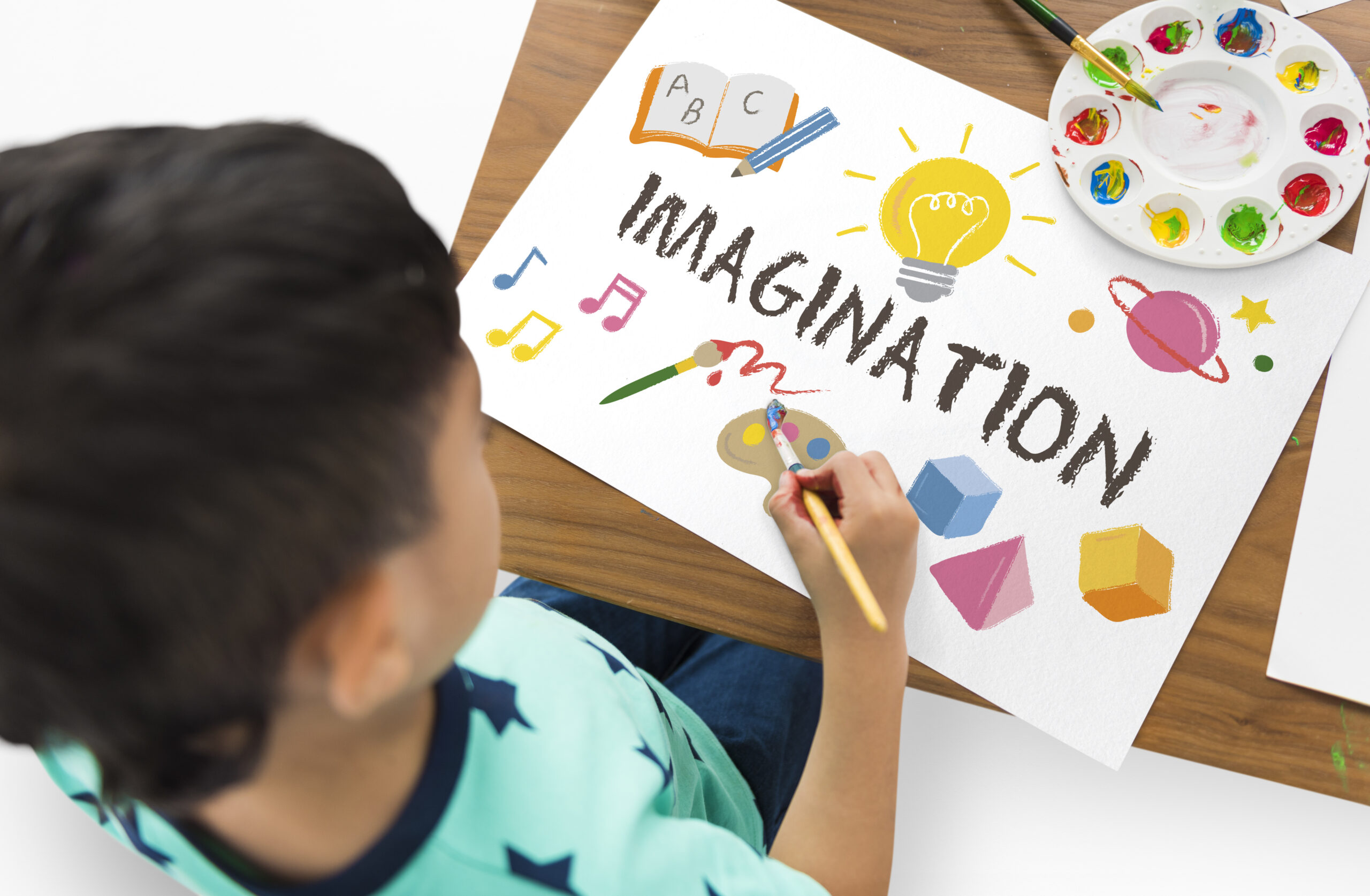Creativity is key in the way children develop, in their ability to adjust and evolve and explore what is around them. As children advance to different levels of learning, their creative capabilities come in new forms that are usually influenced by curiosity, environment and teaching at the learning levels. Learning the process of the development of creativity can assist parents, teachers and care givers to enhance it in a child.
What Does Creativity Imply In Early Learning?
During the earliest years, creativity involves being inquisitive and communicating. Children discover by using their senses – touching, tasting and moving things around to learn about their world. Their sketches can be random doodling, but they have significance to them. It is not about the result but about the happiness of the process of creation on their own.
The phase is characterized by trial and error. Creativity in young learners is shown by the act of constructing structures using blocks, playing with paints or dressing up to take on the role of some other person in the game. Words of encouragement at this stage are a must since they create the right mood towards further learning.
What is the Form of Creativity in Preschool Years?
Children transitioning to preschool are starting to develop creativity where it is associated with imagination. The role playing becomes richer, and the stories involve beginnings and endings. A child would associate a box with something like a spaceship or a dollhouse with a castle These instances give the impression of their thoughts straining above the present reality
Creativity is supported at this stage by language development. Children also start to use new words as a means of expressing their imaginations. Telling stories, creating characters and singing songs become a typical means of self expression. They are still spontaneous in their creativity without having strict rules on it.
What Occurs to Creativity in Early Schooling Years?
The creativity of children is also affected when young ones take to formal schooling. They begin to relate fantasy to real-life activities. Such as, coming up with stories that are similar to various plots, painting with purpose etc.
This is a stage that comes to put boundaries. Although rules are beneficial in instilling discipline in children, they however limit the imagination when not done in moderation. Classroom teachers that permit room free activities facilitate children to access their creative abilities in a framework. It is at these years that creative thinking is enhanced through interaction with contemporaries.
What Is the Development of Creativity in Middle Childhood?
Creativity occurs in more structured forms at the ages 7 to 12. Children learn problem-solving skills and use them in creative projects, games and in school work. They start to view creativity as an instrument to aid in the handling of problems rather than as a game.
As an example, a child may generate a science project to experiment with an idea or develop a new plan in sports play. They are more conscious of what others think about them and this can make them unwilling to share creative ideas. The adults should also support and validate the children since they are essential to continue their explorations without any fear of being wrong.
How is Creativity Expressed by Adolescents?
Teenage years introduce a level of higher creativity that is perhaps related to self-expression and identity. Writing, music, art or technology is one of many ways that teenagers use to express what they are and how they perceive the world. They could be more inventive and their creativity could even get deeper into abstract notions and critical thinking.
This is also a time when one might succumb to social pressures especially as regards to creativity. Some teens can use it to develop new projects, but others would refuse to do so out of fear of being judged. Praise, secure environments, and being exposed to diverse creative avenues will enable their gifts to be developed.
How Do Creative Skills Occur in Different Stages?
Learning creativity is different at every stage. Preliminary years (those of exploration), so-called preschool years (those of imagination), school years (those of organization of creative ideas). After children attain adolescence stage of development, creativity is used as an individual problem-solving and discovery aid.
These changes indicate that creativity does not necessarily remain at the same levels but changes depending on cognitive and emotional development. The freer children get to explore the more creative confidence they build moving through life.
Why Does It Matter to Fuel Creativity At All Levels?
Encouraging creativity at any of the learning processes makes the kids grow into creative and adaptable thinkers. Nurtured creativity enables children to be more ready to deal with the challenges, think beyond the box and come up with solutions in unimaginable ways.
Creative activities encourage imagination and learning whether it be through art, playing, storytelling or problem solving. An encouraging atmosphere along with the availability of exploration ensures that the element of creativity plays a key role in the development of a child.
How do parents and teachers promote creativity?
Parents and teachers can contribute to developing creativity. It may seem that such small steps as asking open questions, permitting free play or complimenting in regard to hard work rather than achievements could change a lot. What also increases the feeling of independence in children and a sense of ownership and creativity in their learning is the choices given to them in the said progress.
It is not about pushing children in order to come up with something perfect, but to instill confidence in them to attempt. When children feel that their ideas are appreciated they keep developing creatively throughout their stages.
Conclusion
Creativity is an evolutionary process as children progress through learning stages where they progress from loose expression during early periods to a deeper expression in adolescence. Each step incorporates imagination, issues solving and self identifications. Having learned to be creative, both parents and educators instill in children tools that will last a lifetime.


